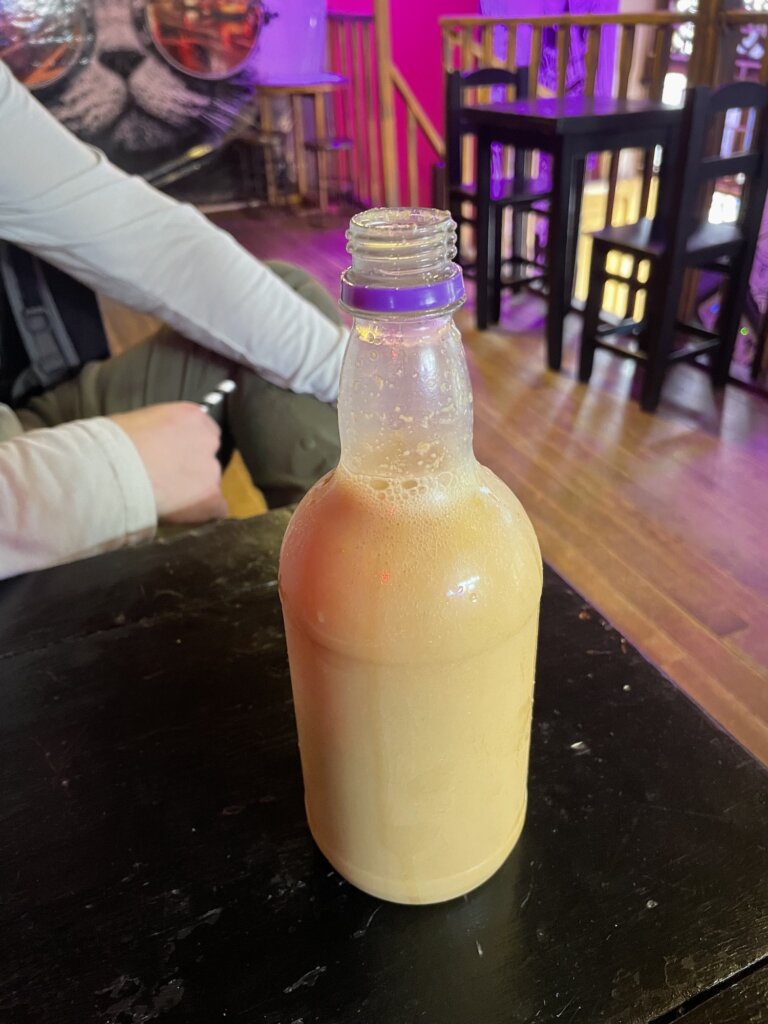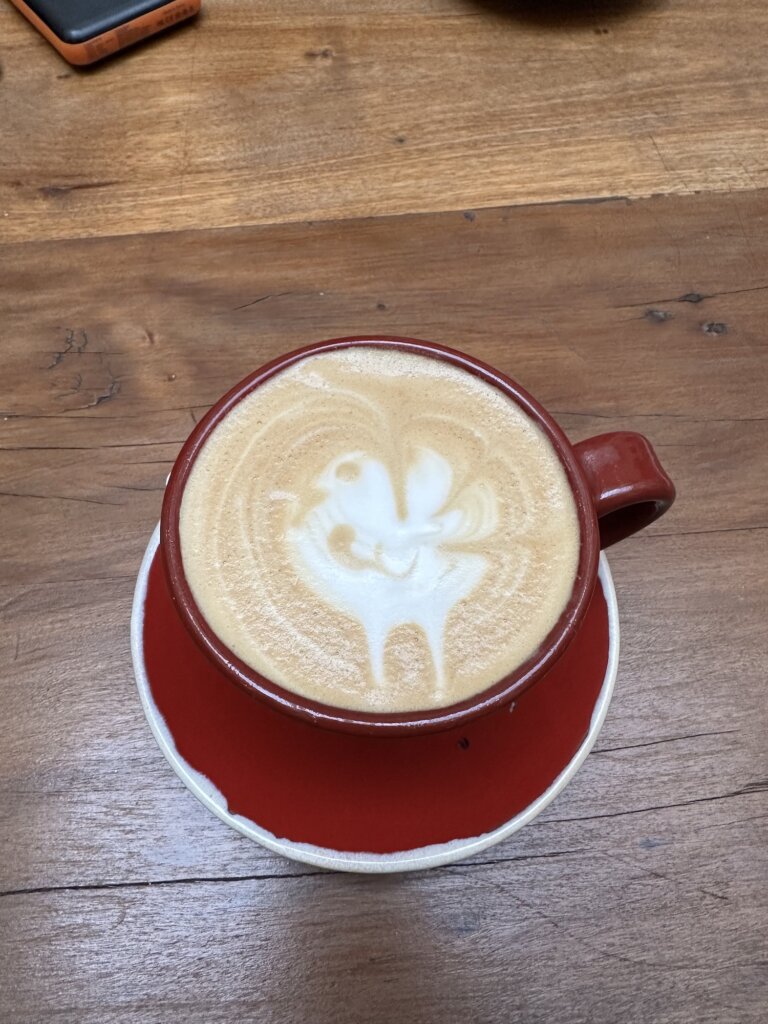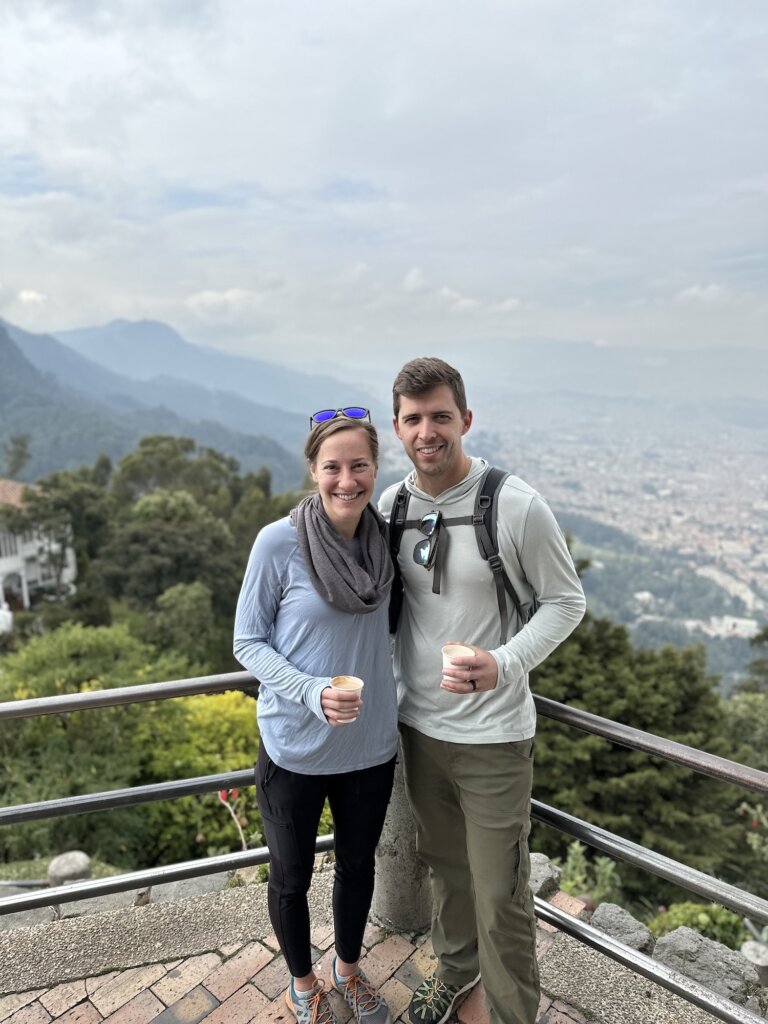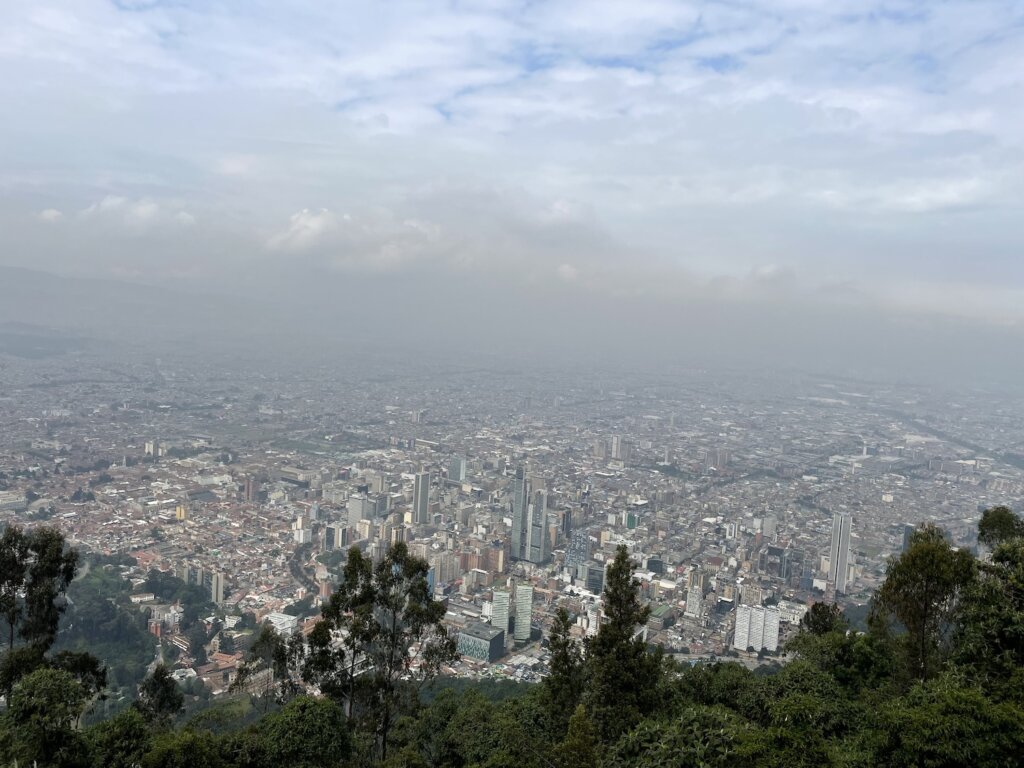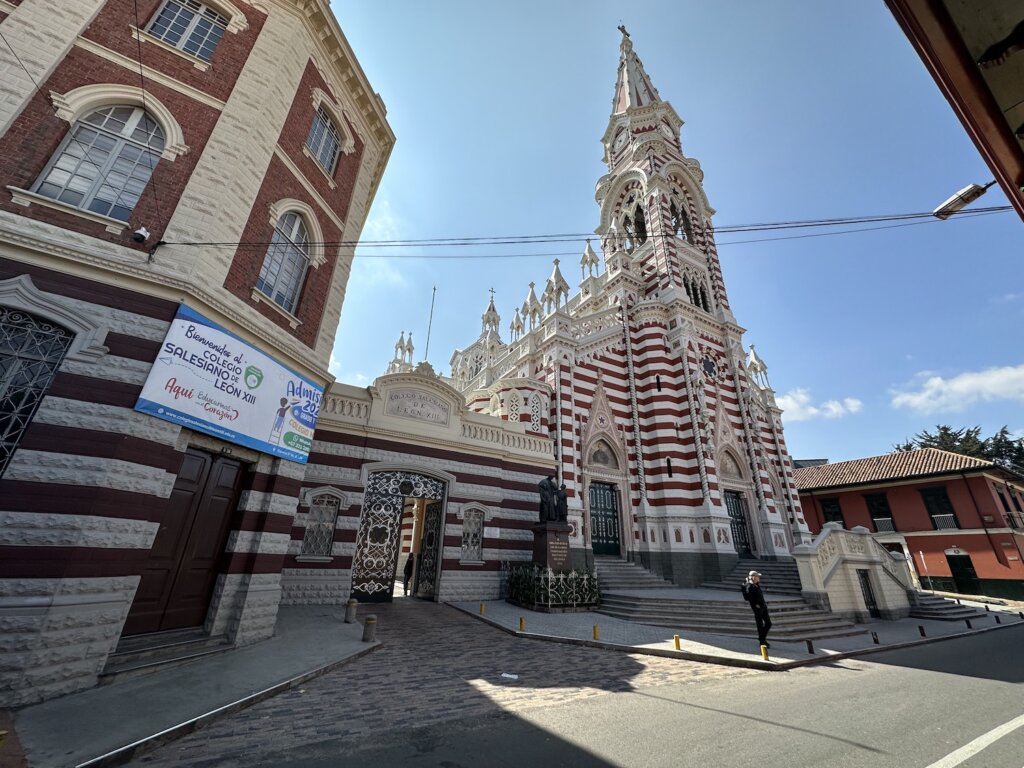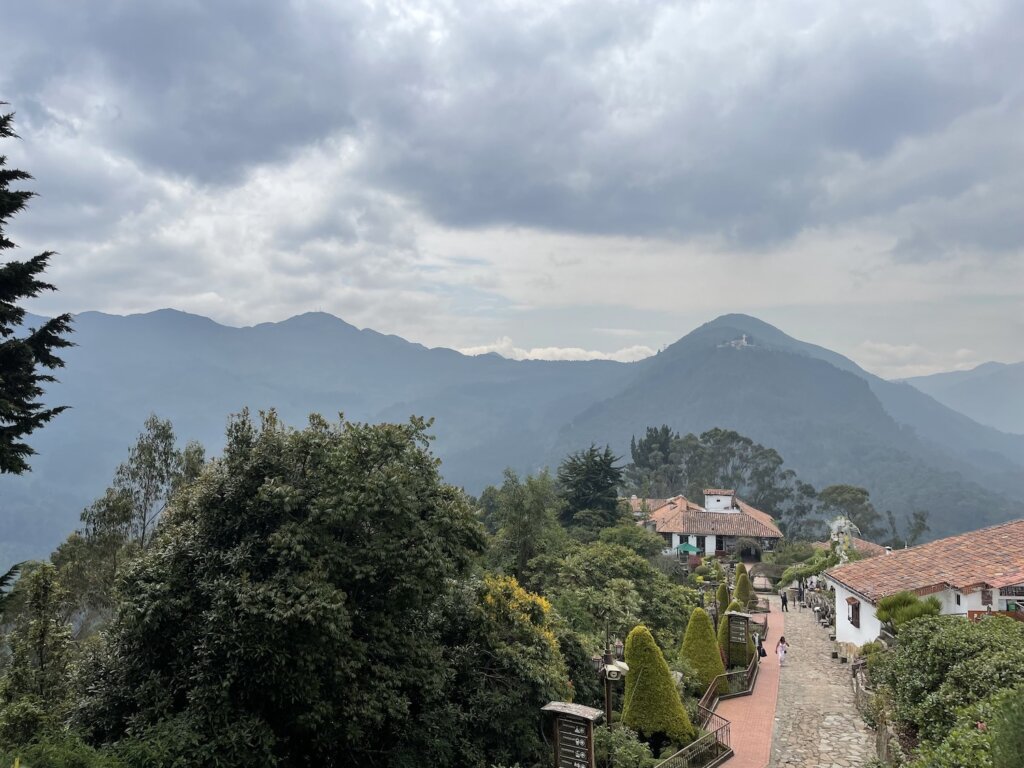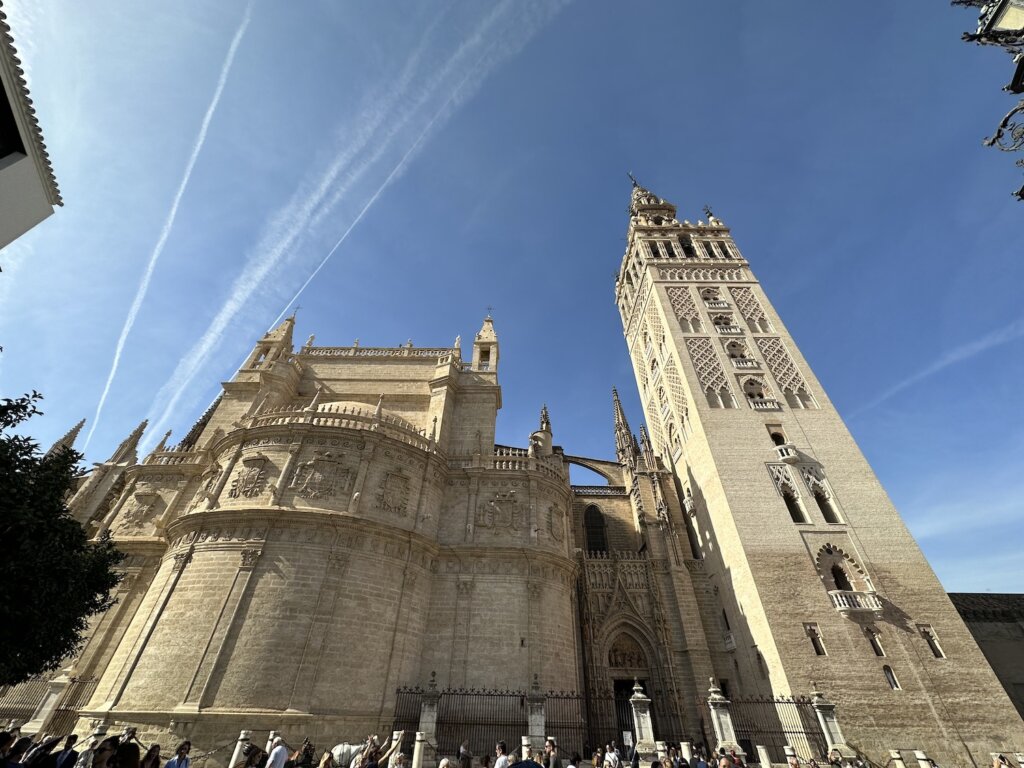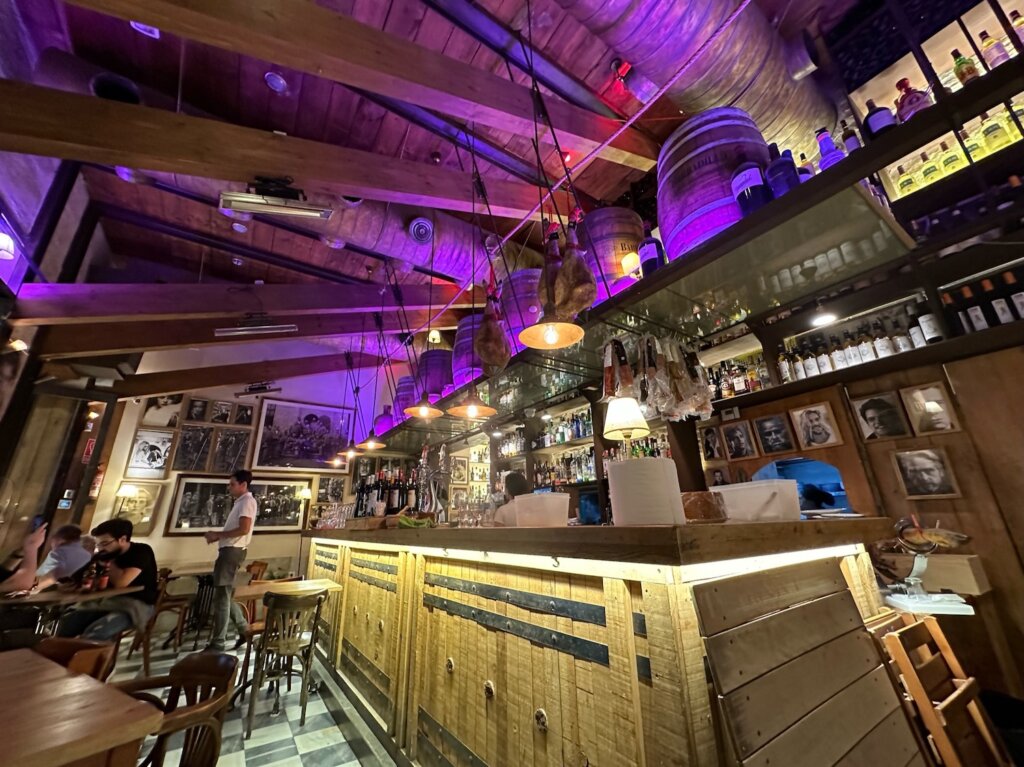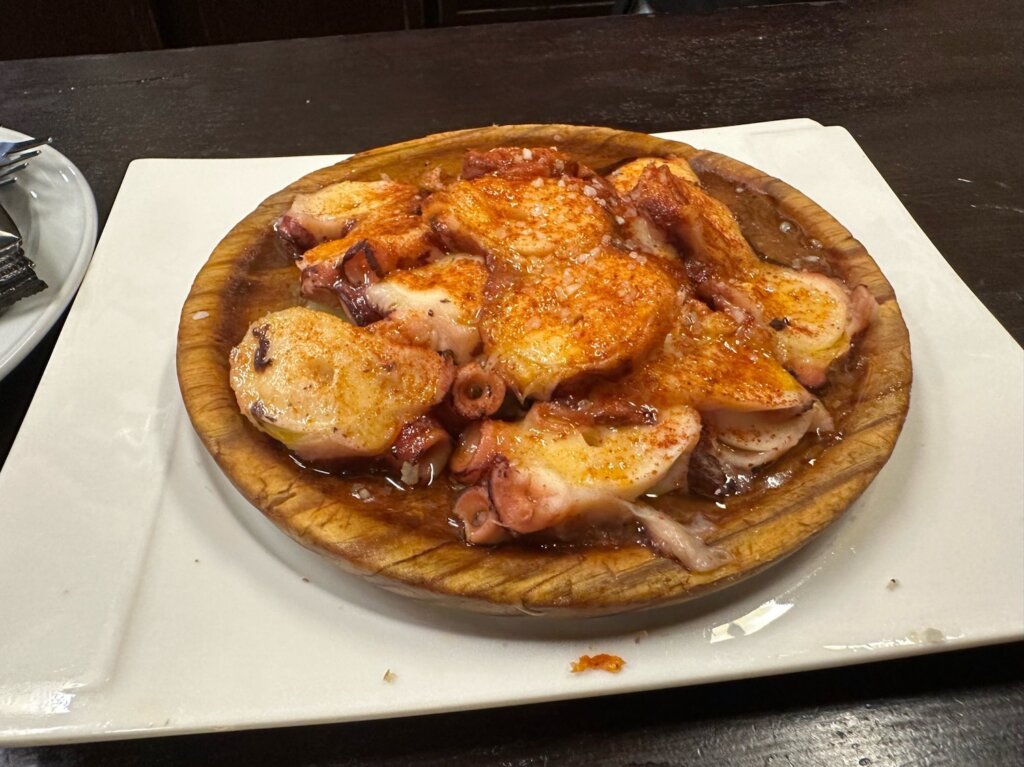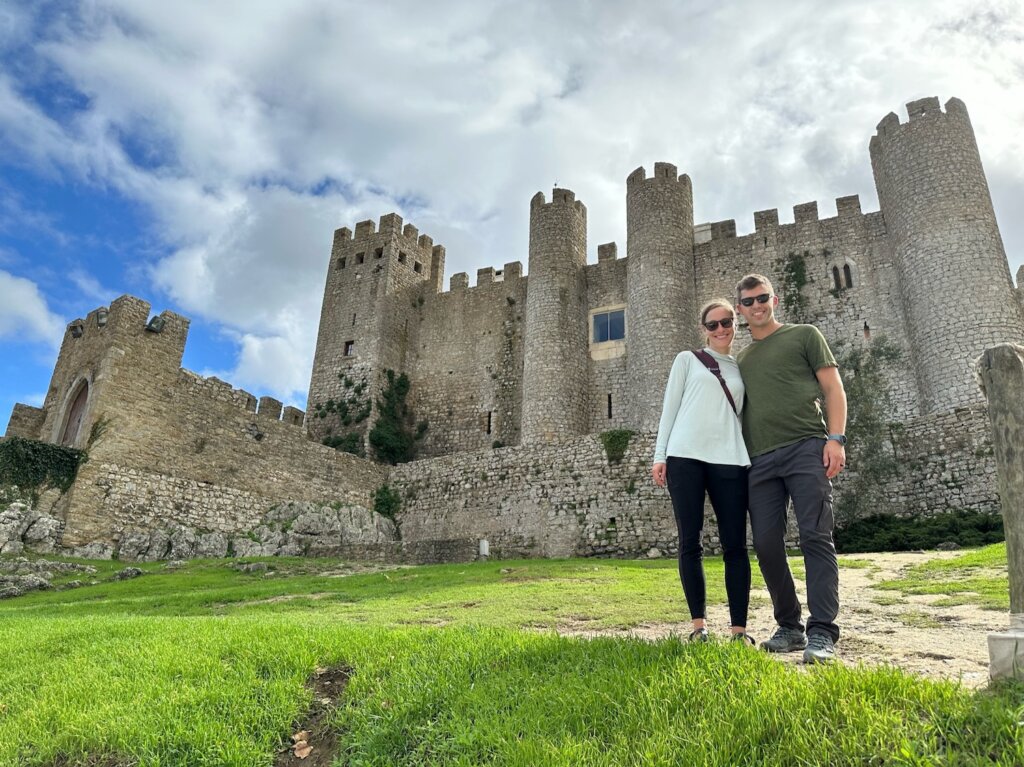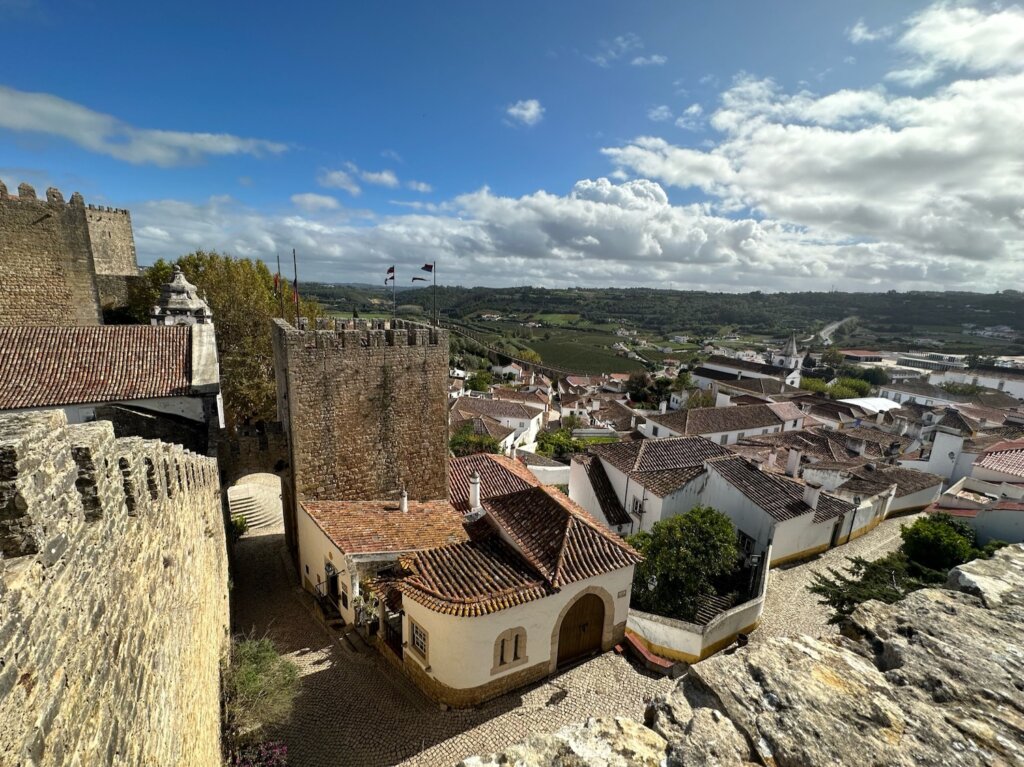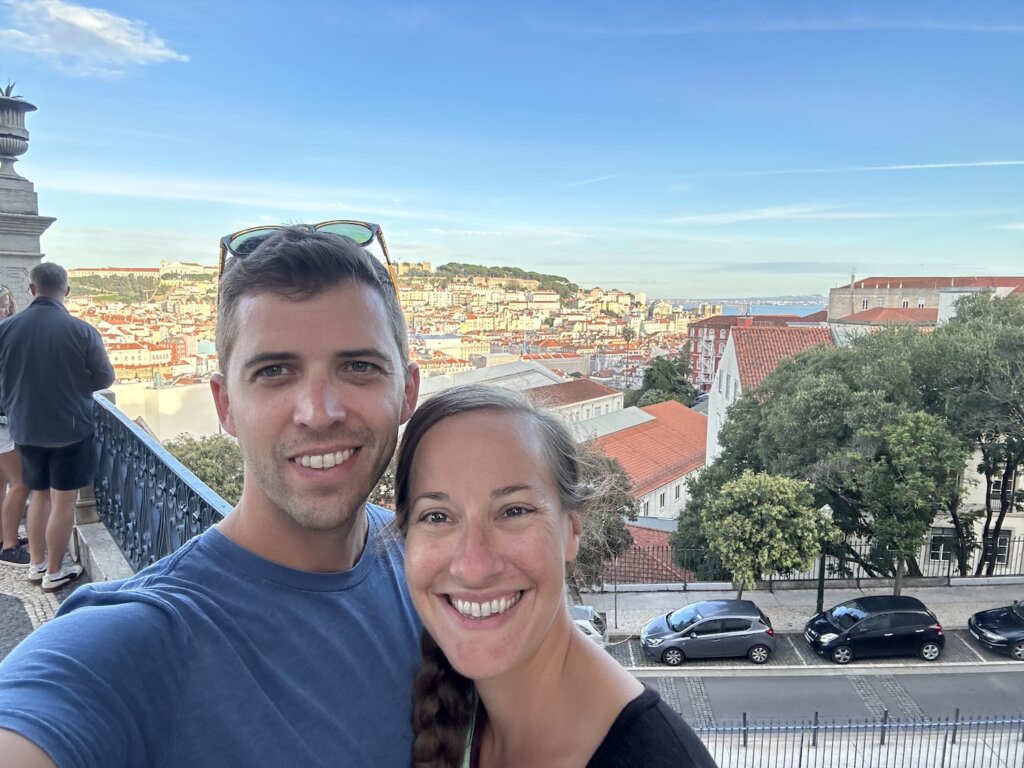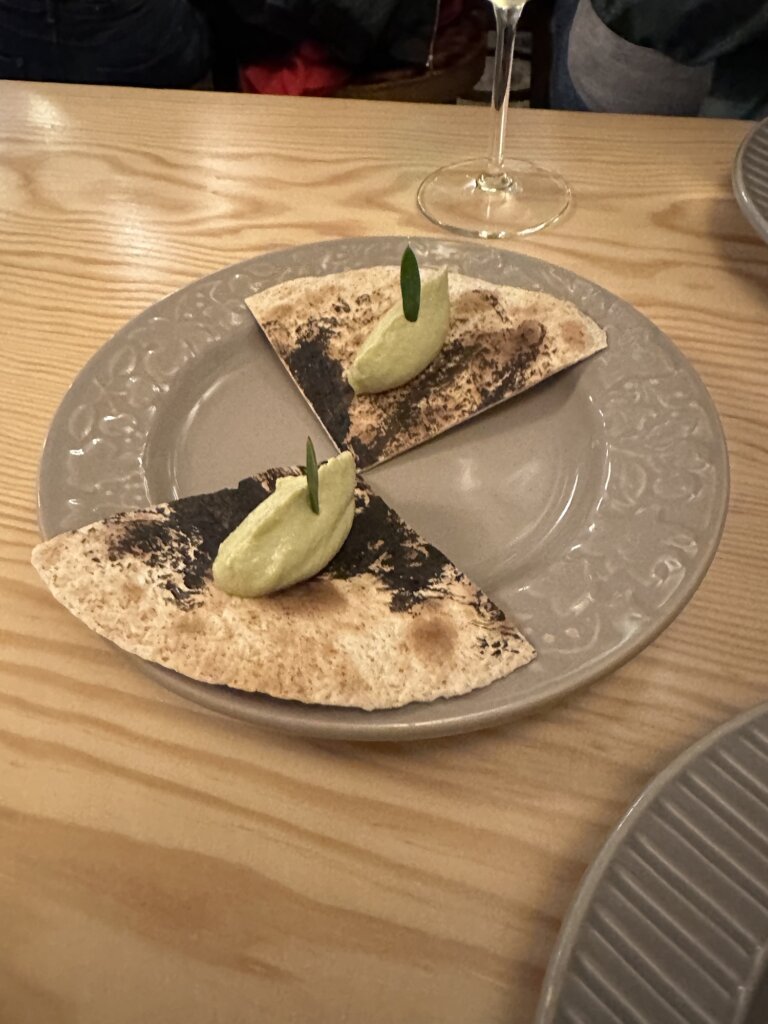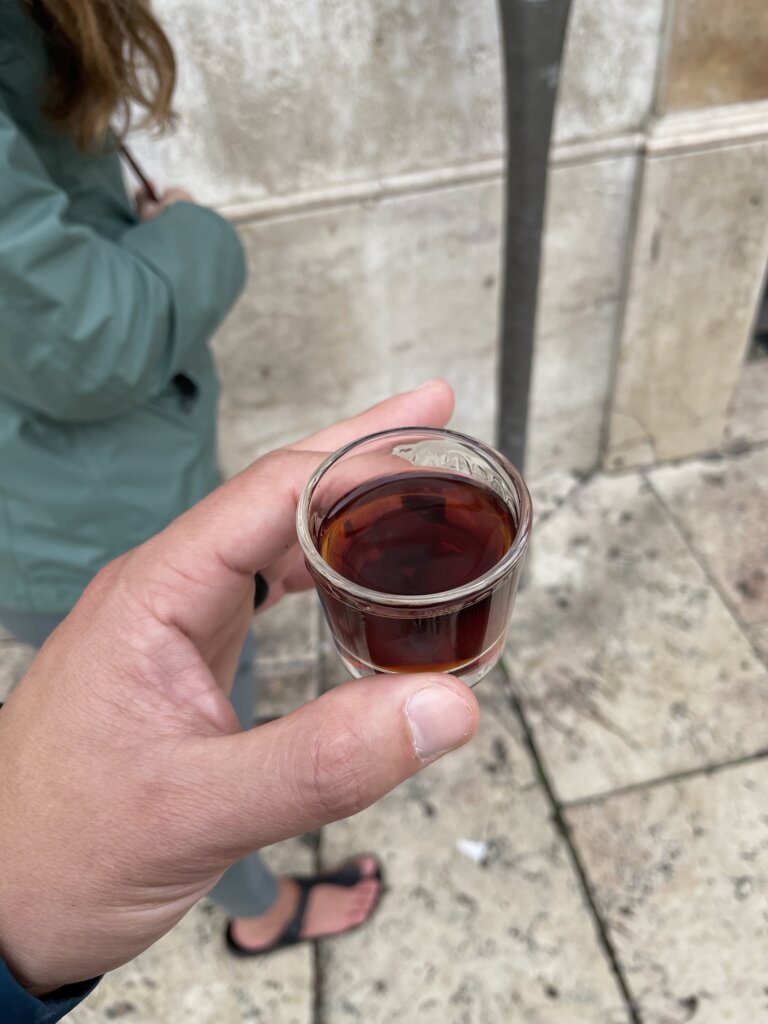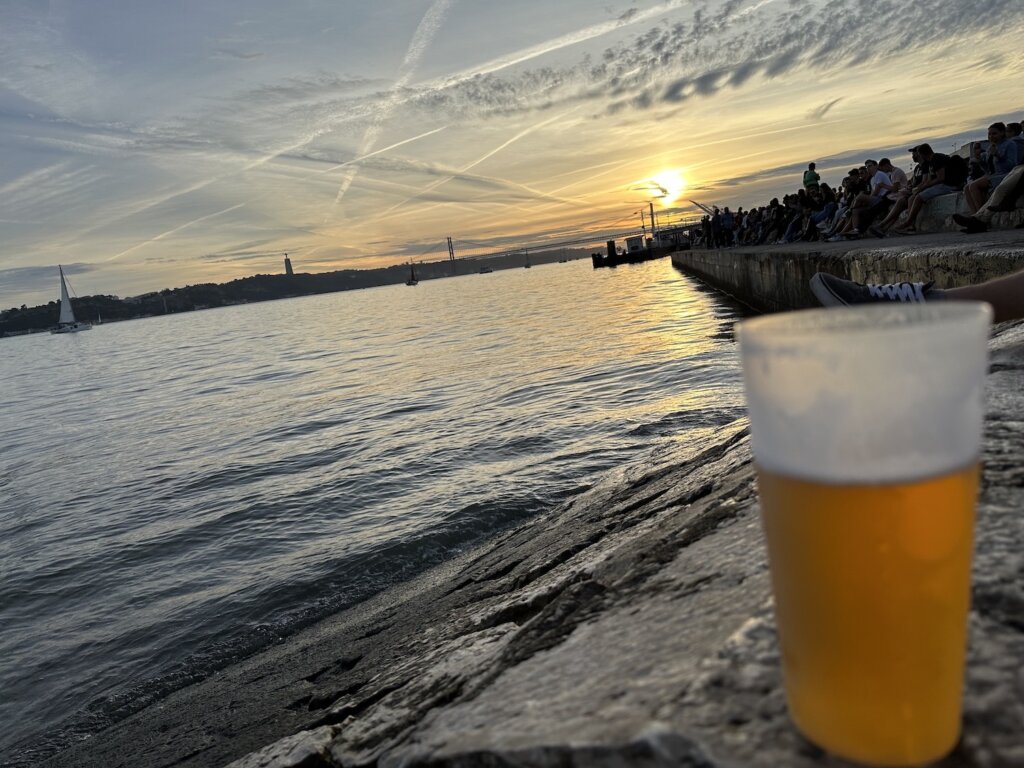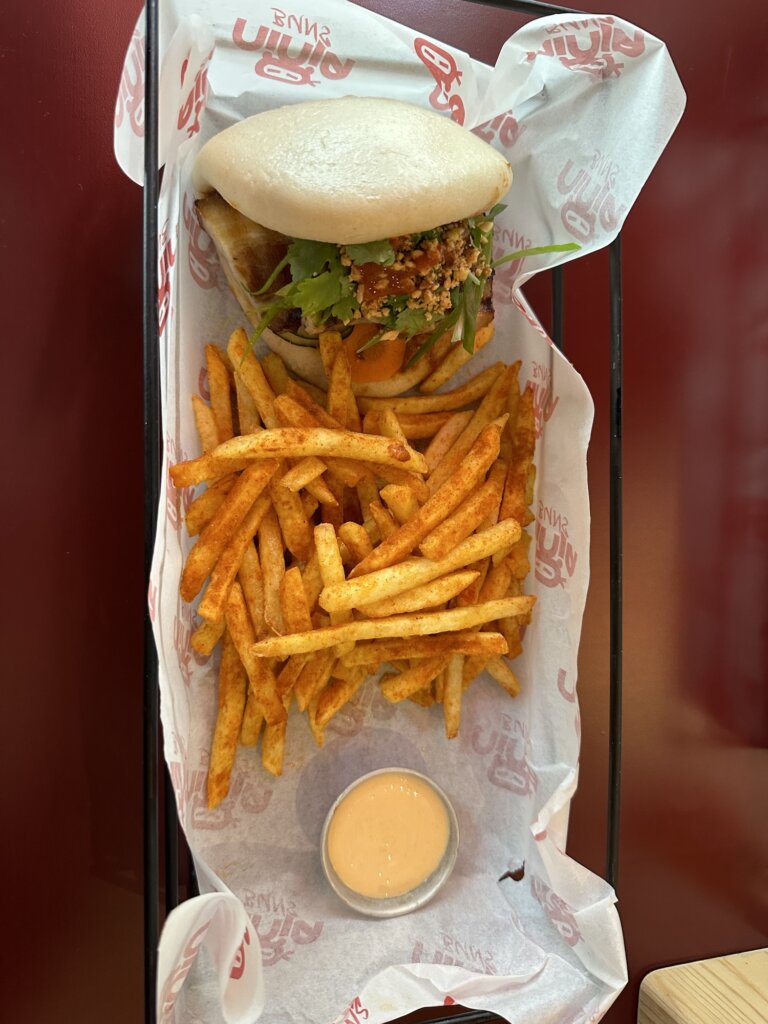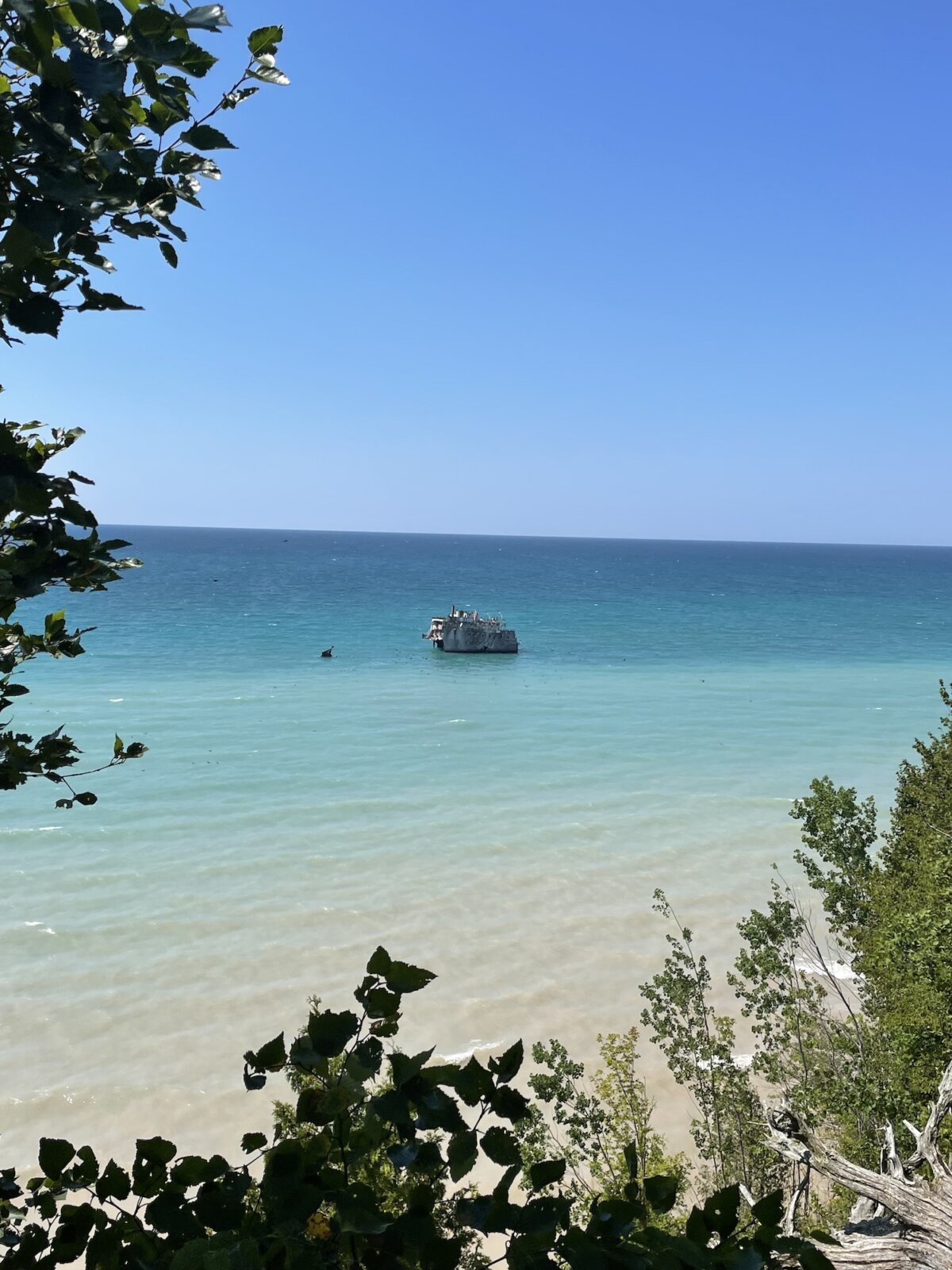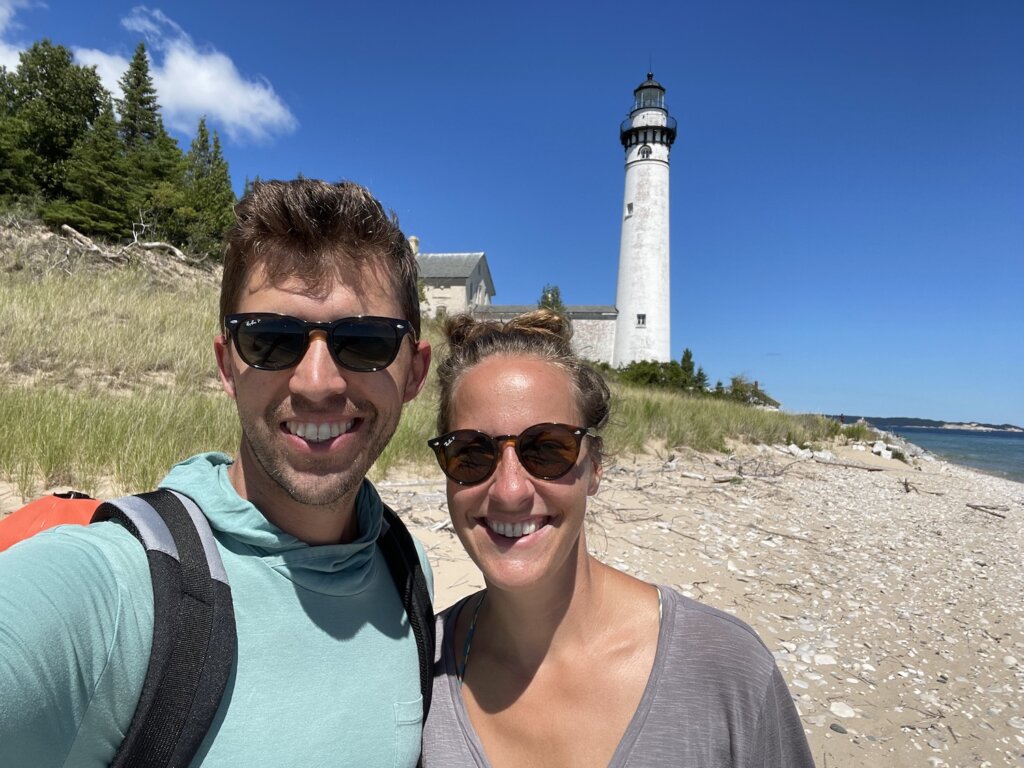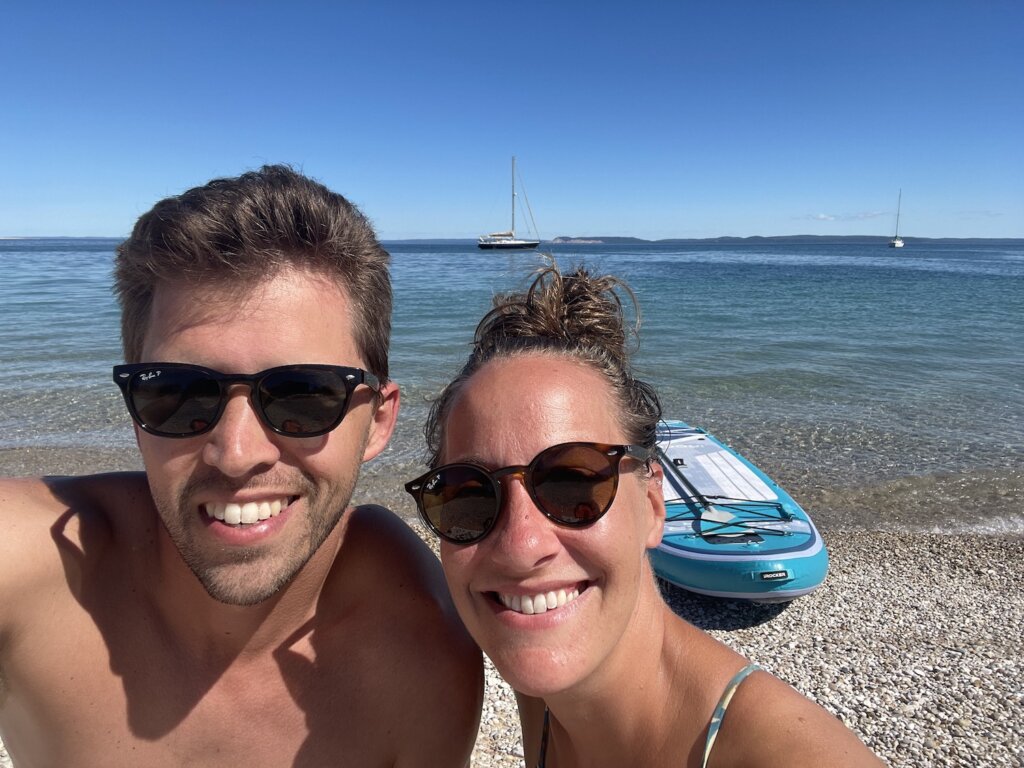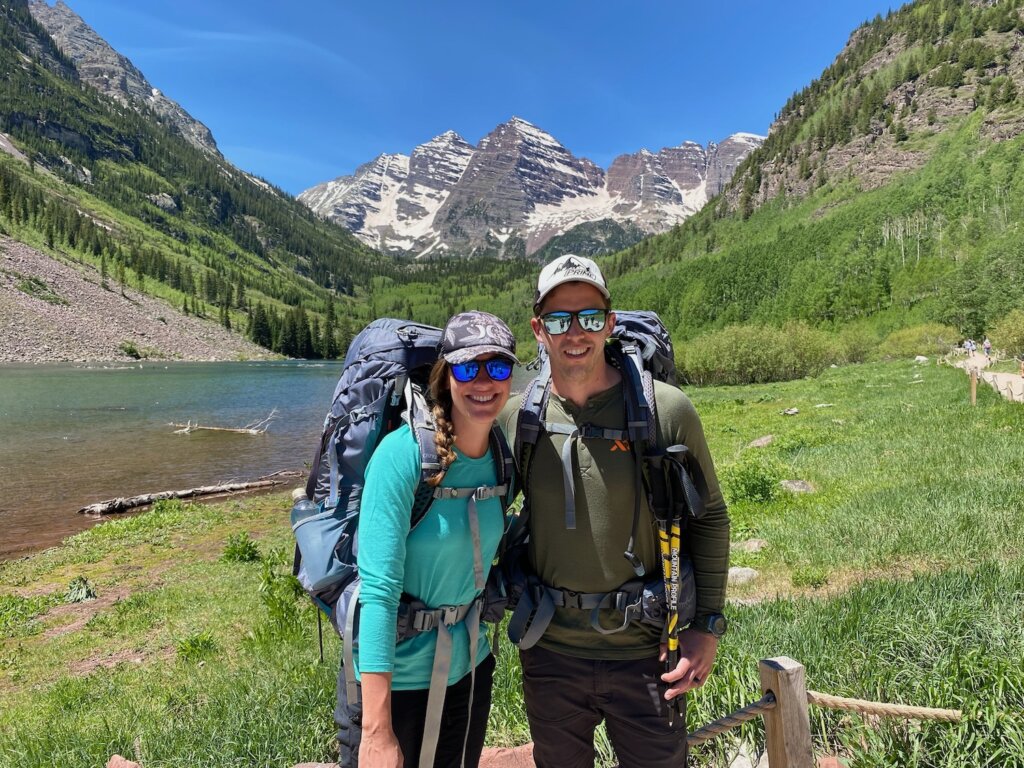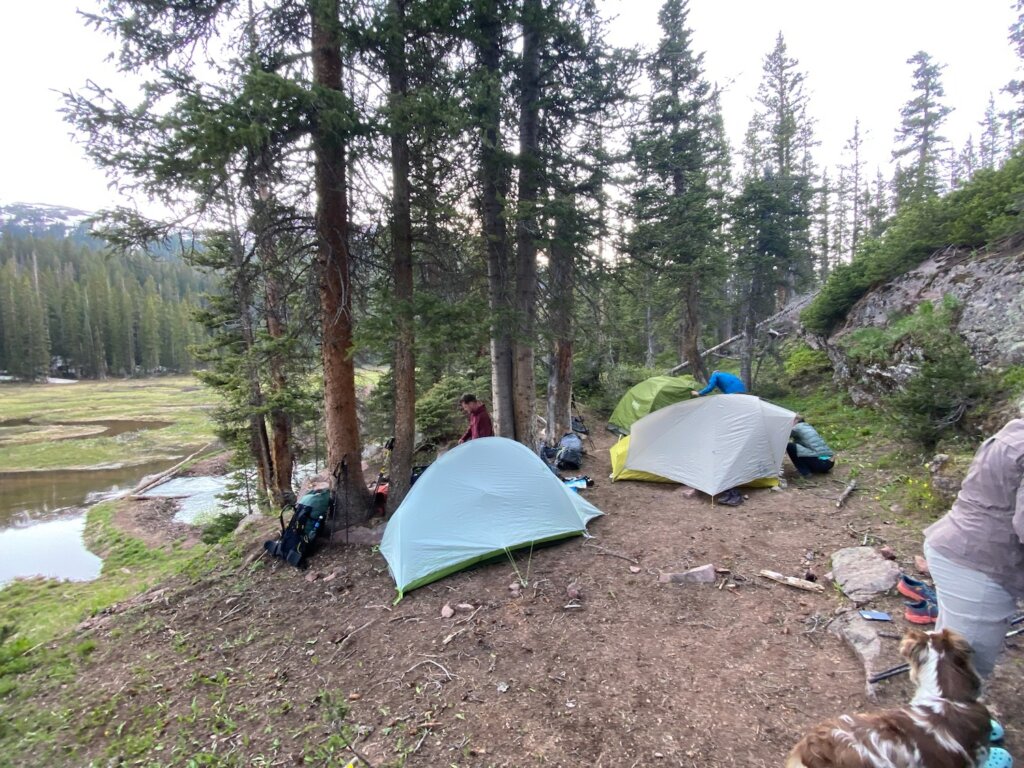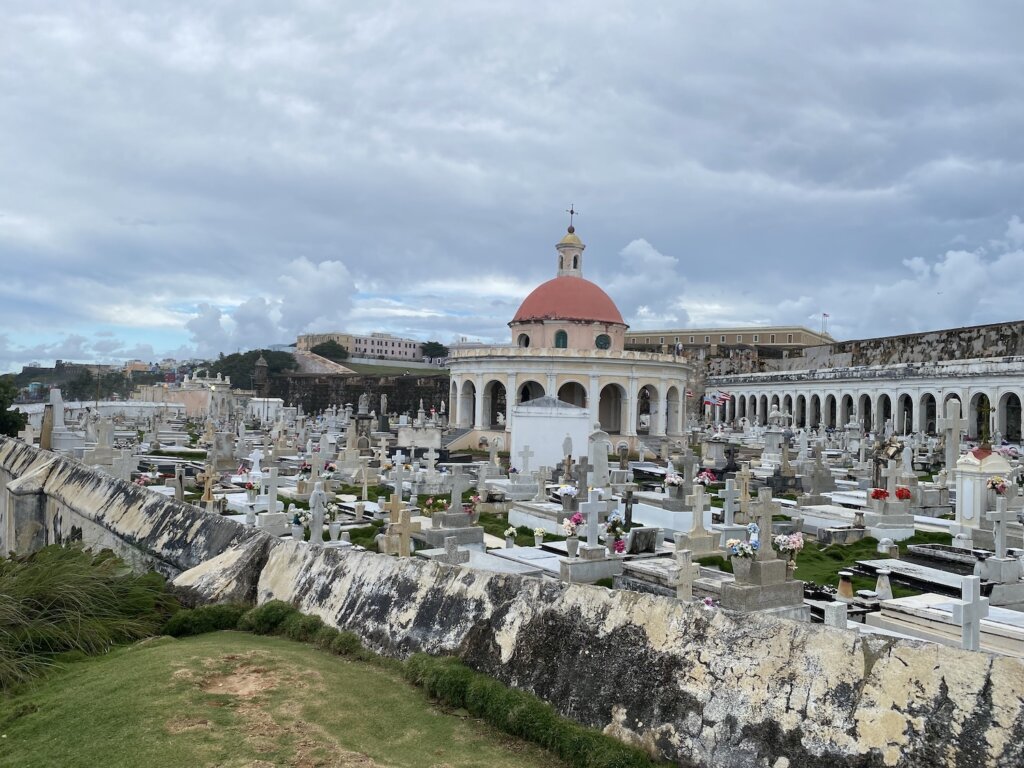We love the freedom to go where ever we want and be on our own time frame. That means we always find ourselves renting a car and planning to drive to where we want to go. We have driven ourselves around many countries and large cities and we figured Bogota would be no different. Turns out there is a lot you need to know to drive in Bogota.
First of all there are license plate restrictions to help limit traffic within the city. On odd days you can drive if the last digit on your plate is 1,2,3,4 or 5. On even days you can drive if the last digit on your plate is 6,7,8,9, or 0. The restriction is in place from 6am to 9pm Monday-Friday. We rented a car from Tuesday-Friday during our trip. We didn’t realize this rule lasted most of the daytime hours. We were actually not supposed to drive the car on Friday so our rental company allowed us to return it Saturday morning instead with no additional charge.
The second thing we didn’t quite realize is just how much traffic there really is and how much time it takes to get out of the city. We quickly changed our plans and combined two of our day trips to allow us to get the most out of our time outside the city.
Our recommendation would be to combine any items close together on your list vs splitting things up and trying to drive in/out of the city each day. Another great idea would be to stay outside the city for a few days to better allow you to take your day trips and drive back into the city on a day your allowed to drive.
It isn’t just the volume of traffic, driving in the city is stressful. There are motorcycles everywhere and people on bicycles (even on the highway there were people on bicycles). The motorcycles take any opening they can and often passed in-between the lanes of traffic on either side of the car. The buses and collectivos also drive quite aggressively to keep their schedule. We did it and we were fine but we wouldn’t recommend driving here if you haven’t driven in Latin America before.

Given the restrictions we only got to three of the four day trips we had planned ahead of time. We were planning to do the a hike to Colombia’s tallest waterfall- La Chorrera. We ended up cutting that out of our trip and spending more time in the city given the challenge it is to get in/out. We did read that you can take a bus from the city to this hike if you do want to check it out.
Now onto the day trips we did actually take:

From where we rented our car it took us about an hour and a half to get to Chicaque park. This park is not far outside the city. It was the city traffic that made the trip take so long. The park is privately owned and there is a restaurant at the parking lot and a refugio along the trails where you can eat or stay the night. We read online that there was a cost to enter but when we arrived the gate was open and there was no entrance fee. We walked the trail down to the refugio, stopped for lunch then continued on to the waterfall before heading back to the car. In total the hike was about 4.6 miles.


What we weren’t super prepared for was that this hike is basically all downhill to get to the refugio so the hike back up is quite challenging. It was cloudy while we were there but the breaks in the clouds allowed us views of the large rock cliffs surrounding the trail. This place is beautiful and well worth a visit.

There are many species of birds in the region that you can see and hear on the trail. We saw a few humming birds up very close to us. Unfortunately we couldn’t get our camera out in time to capture them. You will also find some very friendly dogs along the trails here. We had one follow us all the way from the refugio back to the parking lot. He hiked with us for almost an hour, waiting for us as we fell behind.


The second day we left the city we decided to combine a visit to the Salt Cathedral in Zipaquirá with a trip to Laguna Guatavita and the Guatavita Village. All of these are north east of the city. We left our apartment early to arrive at the cathedral when it opened at 9am. It takes about an hour and a half from where we stayed in the city (again traffic is a big part of this). Tickets cost us 98000 COP each to enter the cathedral. We were given an audio guide so we could listen in English along the way. Most of the guide was focused on explaining the religious importance of various structures in the church. There was some information on the mine and the construction but that wasn’t the main focus of the audio guide.

We aren’t religious people, we visited more for the experience of seeing the old mine and the beauty of the cathedral they have turned it into. We ended up only listening to some of the guide along the way but we still really enjoyed our visit. In total it took us about an hour to go through, explore and take pictures. There are restaurants and other attractions on site around the cathedral, most were not open yet as we were there earlier in the morning. It does get crowded during the day so we would recommend first thing in the morning if you want to avoid crowds.


From there we headed to the Laguna Guatavita. We had read mixed reviews online and not a lot of very recent reviews. We were hoping to be able to walk the trails on our own but we were told we needed to pay 20,500 COP a person and we had to stay with the local guide. We were also told the tour ended on the other side of the mountain and then we would need to take transportation to get back to our car. The tour is about two hours long.There was a tour leaving immediately when we arrived at noon and then again in twenty minutes. We made the tour starting immediately. The tour was in Spanish only. We do understand more than we can speak but we did not pick up on most of what was discussed.

The tour starts with a stop at a ceremonial house made in the style of the indigenous Muisca people. We all sat in the house and were given a very lengthy bit of education. It would have been better if we spoke Spanish and could understand. We were there about 20-25 minutes. Then we walked a very short distance and made another stop to talk more. We had a total of two stops along the path before even starting to climb the steps up towards the laguna. We were pretty antsy and frustrated that we had barely gone anywhere at this point.

We didn’t get to the top of the trail to see the lake until nearly the end of the two hour tour. There was much more talking once we got to the lake but at least then we could take in the views while our guide was talking and we weren’t understanding. The tour ended at the first viewing platform for the lake. From there, we were free to walk to the other viewing platforms, take pictures and take our time enjoying the view. The trail leads you down to an area where there is a small food/drink stall with snacks and several buses. We found the driver taking people back to the parking lot and after waiting for about 10 minutes for anyone else needing a ride we left. We didn’t see most of our tour group so we actually are not sure if we had to take the bus back or if we would have been allowed to just turn around on the trail and walk back to our car. Either way the bus took us back no trouble and only charged us 5000 COP total for both of us.

The lake is beautiful but we would have found the experience much more enjoyable if we were able to walk around on our own or if the tour was also offered in English. The signs along the trail that we stopped at were in English so that did give us some context. We feel the lake is worth a visit if your combining it with another stop outside the city but we wouldn’t recommend leaving the city to only see this, it just isn’t worth the hassle driving in/out of the city.
If you want to explore a crater lake like this and be able to hike around and be on your own check out our post on Quilotoa in Ecuador.

From there we drove down to the village of Guatavita which is about 30 minutes south of the laguna. We found parking for free in the center and walked around the main square admiring the architecture.


We had a really good late lunch at Restaurante posada del tomine before heading back into Bogota.


Our drive back into the city from Guatavita took us through the countryside before crossing back over the mountains into the city closer to where we were staying. This was a much more enjoyable drive than going through the city. We really enjoyed the scenery here. We also pasted several cute little towns/areas as we got closer to the city. If we had more time we would have loved to explore this area some more.
The rest of this trip we spent in the city of Bogota. You can find more information on that in this post- A week of life in Bogota.

There are many other day trips and areas to explore near Bogota. What did we miss, where have you traveled in Colombia. Leave us a comment below.



